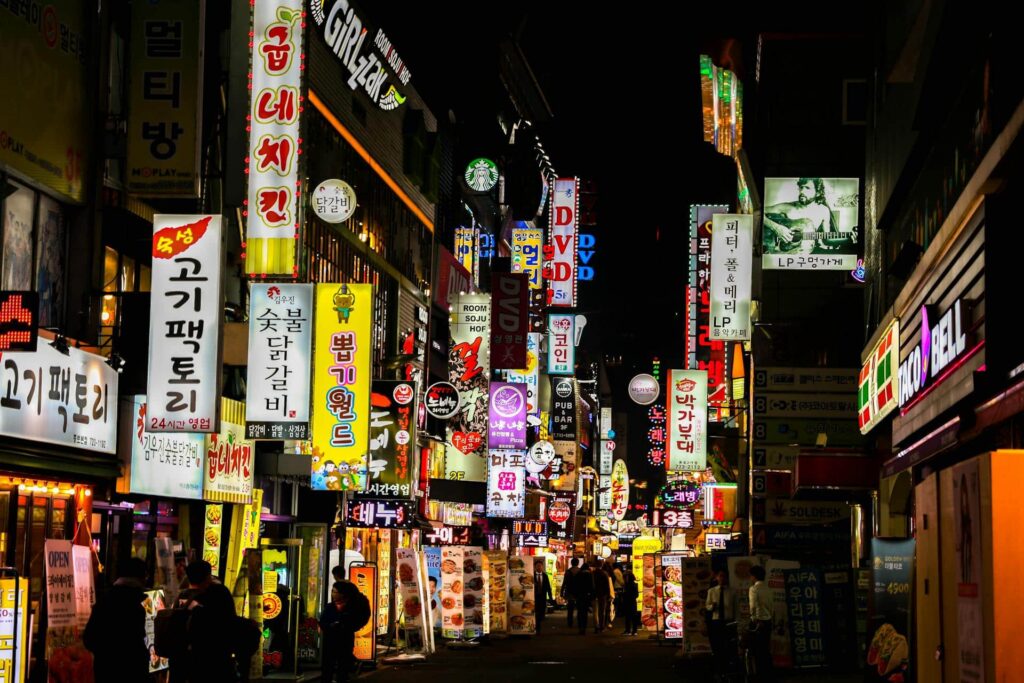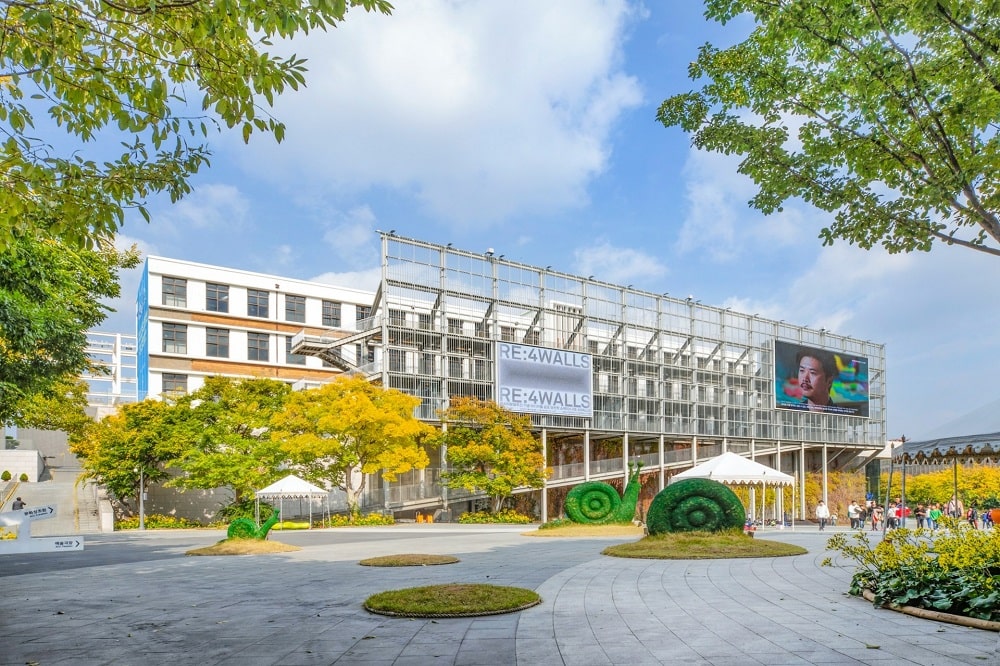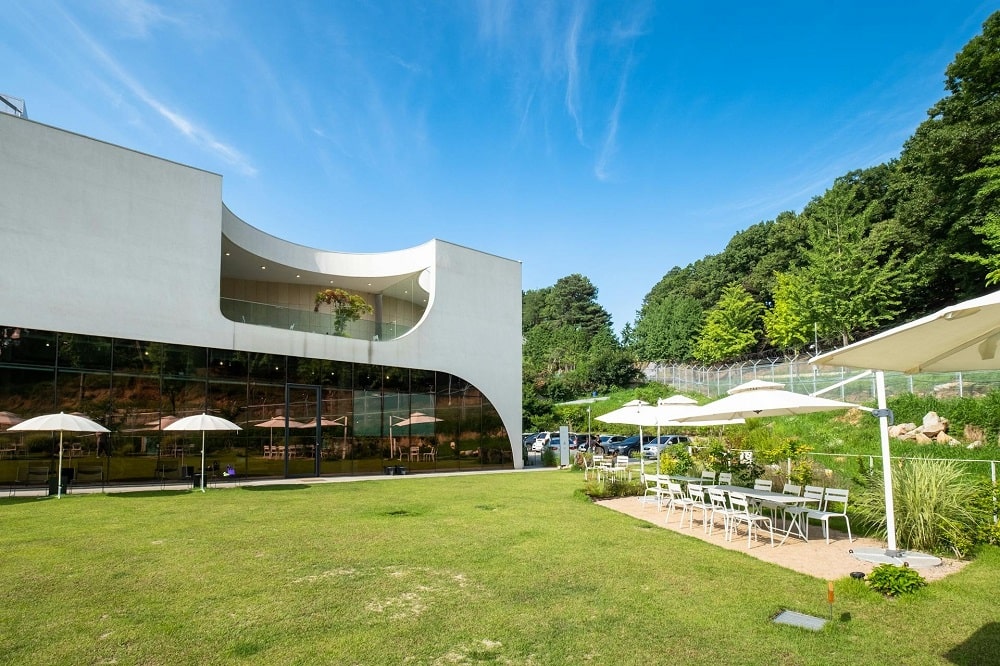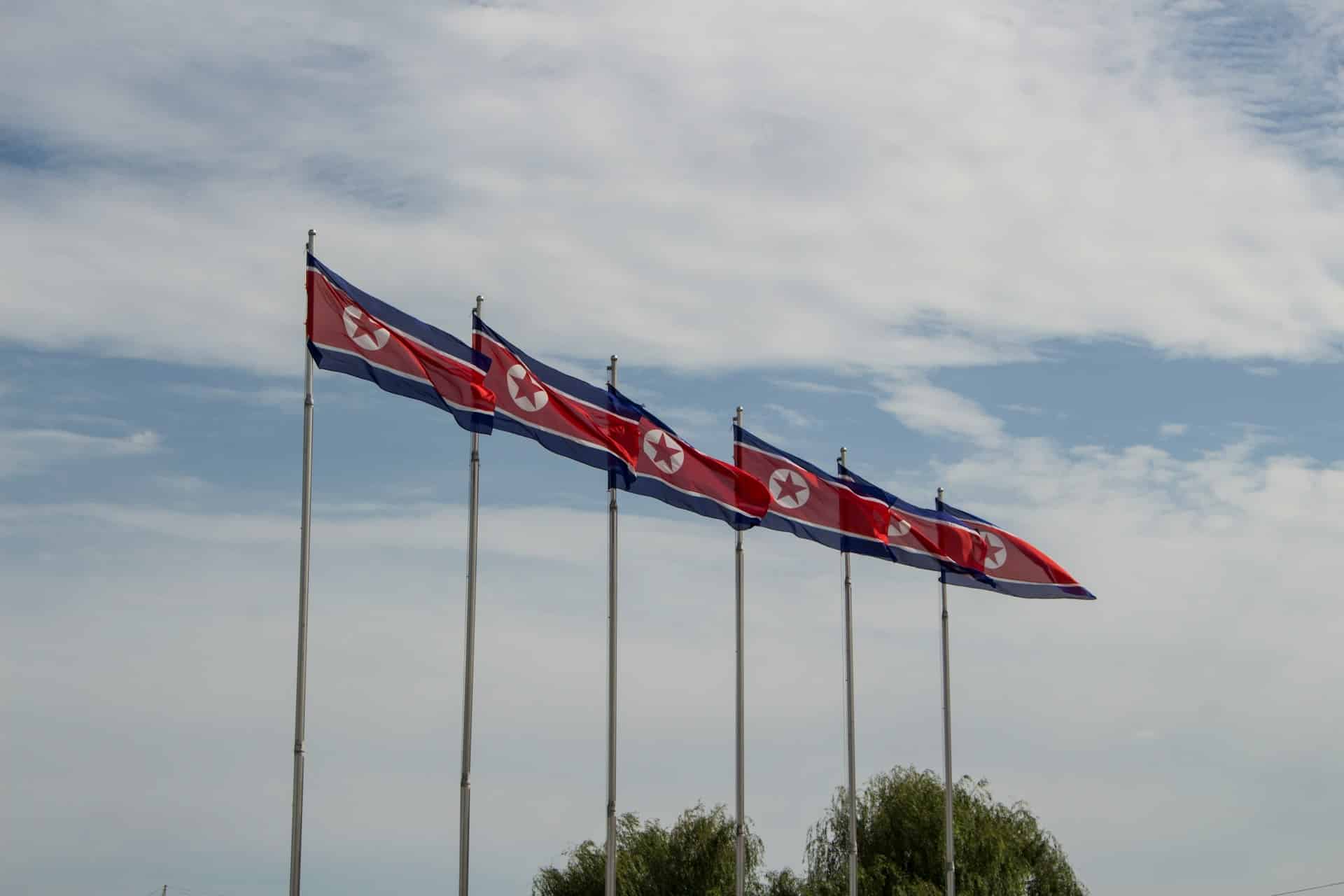
7 Korean Dialects and What Sets Them Apart
Like types of chocolate, the Korean language comes in a variety of somewhat similar yet still distinct flavors. As you become more familiar with basic Korean and fundamental Korean pronunciation, it’s also important to pick up the nuances among Korean dialects (known as 방언 or 사투리 ).
Whether you’re watching a K-drama or traveling to the country, you’re bound to hear a format of Korean that may sound quite different from what you’re used to. So here’s a quick, general rundown on seven different Korean dialects.
Contents
- 1. 경기 방언 (Gyeonggi Dialect)
- 2. 강원 방언 (Gangwon Dialect)
- 3. 경상 방언 (Gyeongsang Dialect)
- 4. 전라도 방언 (Jeollado Dialect)
- 5. 충청 방언 (Chungcheong Dialect)
- 6. 제주 방언 (Jeju Dialect)
- 7. 문화어 (North Korean Dialect)
- And One More Thing...
Download: This blog post is available as a convenient and portable PDF that you can take anywhere. Click here to get a copy. (Download)
1. 경기 방언 (Gyeonggi Dialect)
Also known as the “Seoul dialect” ( 서울말 ) the Gyeonggi dialect is considered the most standardized, common-use way of speaking. It’s the closest to 표준어 , the Korean language in its “official” form.
This dialect is spoken all throughout South Korea, especially in the northwest where the Gyeonggi province (which includes Seoul and Incheon cities) resides. It’s the norm for public speech, announcements and news as well.
Speakers of this dialect may not consider it to have any standout features—to most, it just sounds like “normal Korean.” There are, however, a few minor quirks that non-Gyeonggi natives may pick out:
- Adding consonants (especially ㄹ) when not present, creating a bit of a “slurring” effect
Listen to the dialogue in this video for a sample of this dialect:
2. 강원 방언 (Gangwon Dialect)
South Korea’s Gangwon region lies to the northeast, and across the DMZ, the northern half of the territory (also known as Gangwon, or Kangwon) lies within North Korea. In both, the Gangwon dialect is the hallmark speaking style.
In truth, the Gangwon dialect isn’t very different from the Gyeonggi dialect. Some may notice that it sounds slightly slower and drawn out in comparison. The intonation is also slightly “bouncier,” so the speaker may sound as if they’re inquisitive even when they’re not asking questions.
어디 가나? (Where are you going?) → 어디 가노?
Here’s a video showing the Gangwon dialect in action:
3. 경상 방언 (Gyeongsang Dialect)
The predominant dialect of Gyeongsang province, which is located in the south of the peninsula. It includes cities such as Busan and Daegu. This is my (and many other Korean people’s) personal favorite dialect. It’s so distinctive from the others, you can’t help but perceive it as endearing in some way.
This dialect is known for being fast and dynamic, almost lyrical in its tones. Some may even perceive it as aggressive and rude. There are slight variations in the speaking style between northern and southern Gyeongsang natives, but the overarching features remain the same.
Here are some specific standout features:
너의 아버지 뭐 하시니? (What is your father doing?) → 느그 아부지 뭐 하시노?
- Addition or substitution of syllables (including ~ 나 , ~ 노 and ~ 예 ) at the end of sentences and questions
- Not pronouncing certain consonants ( ㅆ ) and vowels, and swapping them with “easier to pronounce” letters
I still remember one of my earlier encounters with a Gyeongsang native in a past trip to South Korea. With how quickly and forcefully they spoke, I genuinely thought they were looking for a fight, but I wasn’t certain because they were smiling brightly at me the whole time. Talk about verbal whiplash.
Take a look at this clip featuring the Gyeongsang dialect:
4. 전라도 방언 (Jeollado Dialect)
The Jeollado region is in the southwest region of South Korea. Its cities include Gwangju and Jeonju.
To many, the Jeollado dialect is considered relatively fast-paced, although not as bullet-quick as the standard Seoul dialect. It’s not as dynamic and forceful as the Gyeongsang dialect, but the Jeolla dialect can still make its speakers come off as enthusiastic and exaggerated. Some may even think it sounds funny or whimsical.
Standout features include:
- Stronger emphasis on vowel sounds. This can also mean some “consonant cutting” and vowel swaps (ex. ㅣ pronounced as ㅡ )
- Extra unnecessary syllables (notably, 잉 or a similar sound) at the end of sentences or questions
밥 먹으라니까 (I said to eat rice/food) → 밥 먹으랑께잉
재미있지? (It’s fun, right?) → 재미지네잉?
내가 아까 거기를 가는데 (I went there before) → 내가 아까 거그를 가는디
According to my Gyeonggi-native parents, this dialect is one that’s very easy to pick out. The biggest tell is in the quirky vowel play.
Just listen to this video featuring BTS member J-Hope, for example:
5. 충청 방언 (Chungcheong Dialect)
The Chungcheong region lies within the center of South Korea. It includes the cities of Asan and Daejeon.
Overall, the Chungcheong dialect is the closest in similarity to the Gyeonggi (or standard) Korean dialect. This makes sense, since the region lies right beside the Gyeonggi province.
Perhaps its biggest distinction is the speaking speed. The Chungcheong dialect is known to be slower-paced, almost drawl-like. This gives it a kind of modest and easygoing persona, and Chungcheong dialect speakers are commonly perceived to give off a friendlier vibe.
- “Choppy” words or phrases
I have a family member from the Chungcheong region. I can’t recall a conversation with them that didn’t feel cheerful or relaxed, regardless of what we were talking about. I did have to stifle a few giggles whenever they would make an inquiry to me with a drawn-out, bewildered “뭐여?”
You can hear more examples of the Chungcheong dialect in this video:
6. 제주 방언 (Jeju Dialect)
This dialect is spoken in the lovely Jeju Island, home of lush citrus fruits and a popular vacation spot for many Koreans. However, with how unique it is, it’s arguable if the Jeju dialect could really be classified as just that.
Historically, the island had been isolated from mainland Korea for a good number of years. Due to this, its culture and language sports some notable differences. Notably, Jeju Korean seems to have a strong residual influence from Mongolian and Japanese that modern standard Korean doesn’t.
While grammatically, the Jeju dialect is essentially the same as standard Korean, its vocabulary most certainly is not. The difference in vocabulary is significant enough that the Jeju dialect is often not even intelligible to mainland Korean natives.
When I went to Jeju Island for the first time, I overheard a group of people speaking rapid-fire in the Jeju dialect and I, not immediately realizing it was actually Korean, thought that they were tourists. That really is how distinct it is!
It wouldn’t really be enough to create a bullet point list of any specific differences. Just listen to this clip and you’ll see why.
7. 문화어 (North Korean Dialect)
Overall, this dialect is not very different from standard South Korean. In terms of pronunciation and grammar, the standard North Korean dialect isn’t too distinct. My own grandmother was from North Korea, and growing up, I never really noticed anything unique about her speech in those specific aspects.
Of course, as with any language dialect, the deeper you go within the region, the more unique the speech can become in intonation.
The biggest difference is in the vocabulary. South Koreans use many foreign loanwords and Konglish (Korean-English). However, due to the country’s isolation, the Korean spoken in North Korea contains less foreign words. This is a prominent lingual struggle spot for many North Korean defectors who come to South Korea.
Some noticeable distinctions also include these:
- For Sino-Korean words (Korean originated from Chinese language), the initial consonants of ㄴ and ㄹ are still retained as originally imported. This is not the case in South Korea, which has substituted the consonants depending on the vowel after it
South Korean last name 이 (Lee / Yi) is 리 in North Korea
Here’s a video illustrating the differences between the standard North Korean and South Korean dialects:
Remember that this is just a generalized overview of Korean dialects! Of course, to really experience and appreciate each of these dialects, you should work toward full Korean immersion.
And One More Thing...
If you enjoyed this post, you're already halfway to having the time of your life learning Korean with FluentU!
FluentU makes it possible to learn with K-pop videos, funny commercials, entertaining web series and more. Just a quick look will give you an idea of the variety of FluentU videos on offer:

FluentU really takes the grunt work out of learning languages, leaving you with nothing but engaging, effective and efficient learning. It's already hand-picked the best videos for you (which are organized by level and topic), so all you have to do is simply choose any video that strikes your fancy to get started.
Each word in the interactive captions comes with a definition, audio, image, example sentences and more.

Access a complete interactive transcript of every video under the Dialogue tab, and easily review words and phrases from the video under Vocab.

You can use FluentU’s unique Quiz Mode to learn the vocabulary and phrases from the video through fun questions.

FluentU keeps track of what you're learning, and tells you exactly when it's time for review, giving you a 100% personalized experience.
Review sessions use video context to help embed the words in your memory.
Start using the FluentU website on your computer or tablet or, better yet, download the FluentU app from the iTunes or Google Play store. Click here to take advantage of our current sale! (Expires at the end of this month.)









